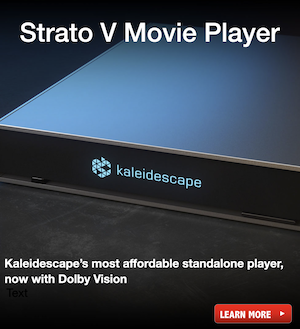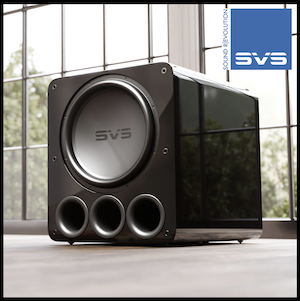(April 8, 2018) Cambridge Audio’s latest release is a gorgeous all-in-one network player called EVO. Its design delivers true plug-and-play simplicity, giving both tech-savvy and tech-adverse music fans quick access to their favorite streaming and legacy sources.
Cambridge built Evo around Hypex NCore Class D amplification, which delivers 150 watts per channel (EVO 150) and 75 watts per channel (EVO 75) across both available models, and ESS Sabre ES9018K2M DACs for high-quality digital-to-analog conversion. Those advanced technologies are housed in a gorgeous black anodized aluminum chassis with visual appointments inspired by the company’s first-ever product, the P40. Evo’s front panel houses a large 6.8” color LCD display and a dual-concentric rotary dial, and its interchangeable side panels feature walnut wood and black Richlite options.
Physical connectivity includes both digital and analog options, including an HDMI port for use with Audio Return Channel (ARC). The Evo 150 adds a moving magnet (MM) phono stage, an asynchronous USB input, balanced XLR inputs, and two sets of speaker terminals for running two sets of speakers.
On the streaming front, Evo taps the power of Cambridge Audio’s StreamMagic and StreamMagic’s app control. Owners can access Bluetooth 4.2, AirPlay 2, Chromecast built-in, Qobuz, Roon Ready, Spotify Connect, TIDAL Connect, and internet radio. And, yes, Evo supports MQA.
Cambridge Audio says it's releasing Evo speakers and a dedicated Evo CD Transport later this year. The Evo 150 and Evo 75 are priced at $3,000 and $2,250, respectively. The Evo S speakers and Evo CD are projected to cost $750 and $950. For more information, visit CambridgeAudio.com.









